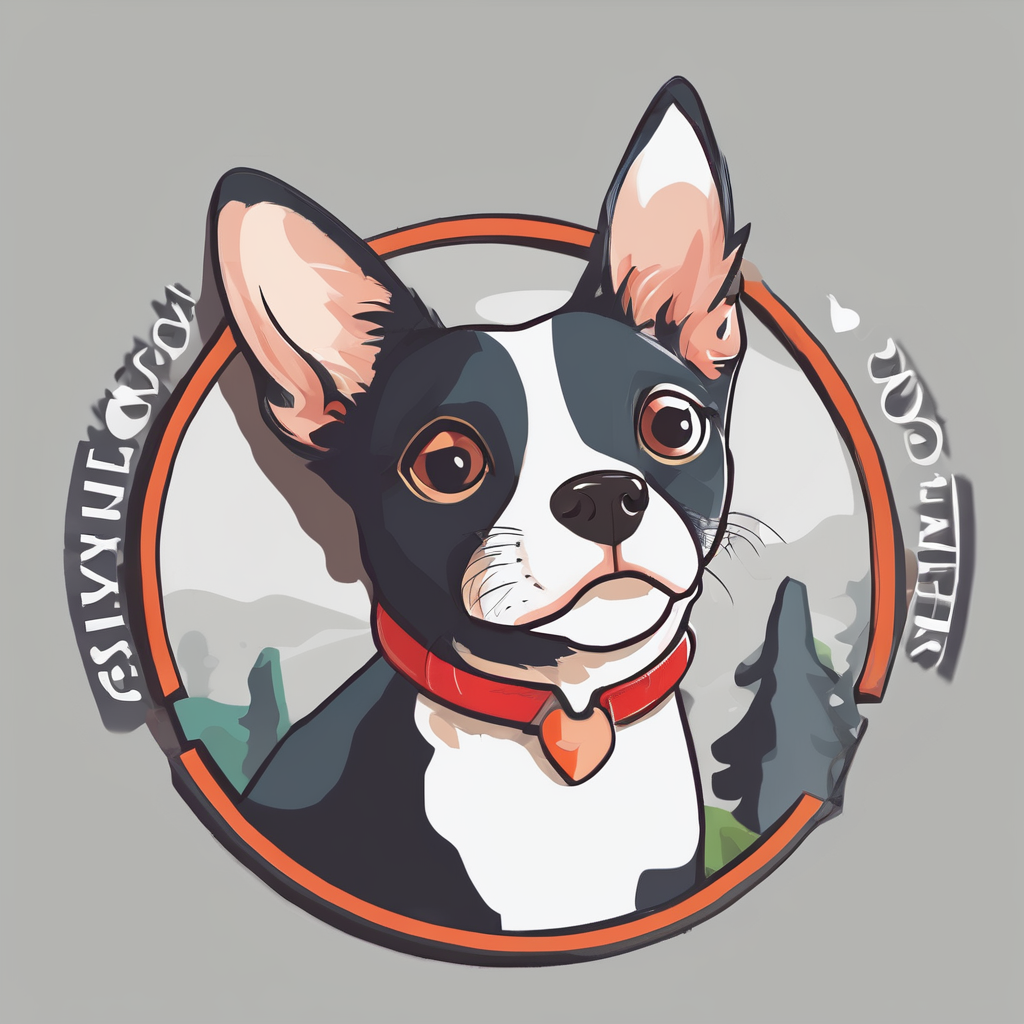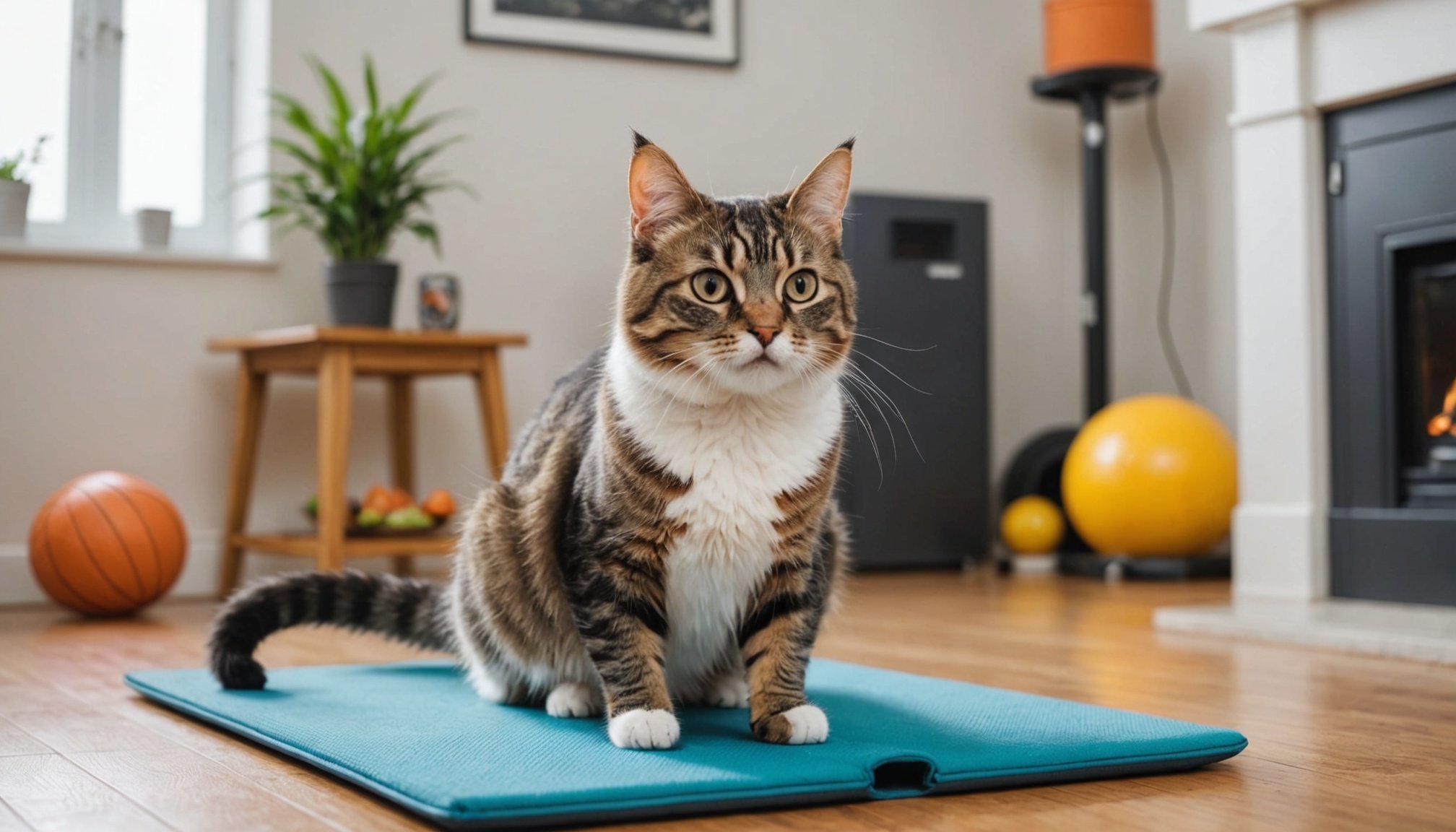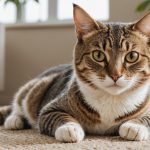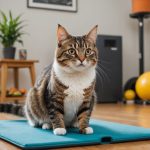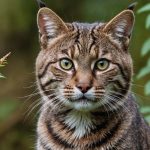Importance of Indoor Exercise for Cats
Indoor cat exercise is essential for maintaining both physical and mental health in our feline friends. Just like humans, cats require regular activity to stave off weight gain, prevent boredom, and maintain muscle tone. The benefits of workouts for cats extend beyond simple physical improvements; they also stimulate a cat’s natural hunting instincts, providing an enriching environment even within the confines of a home.
A sedentary lifestyle can lead to numerous health risks for indoor cats. Without proper indoor cat exercise, your pet might face obesity, which can in turn lead to diabetes, joint problems, and liver disease. Additionally, mental health can suffer. Cats kept indoors without enough stimulation might develop behavioural issues like anxiety and aggression.
A lire également : Designing a purrfect work environment: engaging your cat while you work from home
Engaging in indoor workouts doesn’t just improve a cat’s well-being; it can also strengthen the bond between cat and owner. Playtime that involves toys or interactive games provides an opportunity for communication and trust-building. Highlights from daily indoor workouts for cats can include:
- Puzzle toys for mental stimulation
- Laser pointers to encourage hunting instincts
- Feather wands to promote agility and movement
These activities keep cats healthy and establish a shared routine, forging connections that benefit both cat and owner.
Dans le meme genre : How to create a captivating scent enrichment adventure for your cat: a comprehensive step-by-step guide
Creating a Safe Indoor Workout Environment
Designing an effective cat workout safety area involves careful planning. Selecting the right space is crucial to prevent injuries and provide a playful environment. A space free from clutter, sharp objects, and fragile items should be the starting point. It’s important to ensure that the area has sufficient room for your cat to move freely without getting tangled or trapped. Maintaining this indoor play space ensures your feline friend can indulge in their activities safely.
Minimising hazards is key to enhancing your cat’s workout experience. Avoid using spaces with slippery floors; instead, opt for areas with carpet or rugs to provide traction. Additionally, make sure all play equipment is secure and stable to prevent accidental tipping.
Equally important is monitoring temperature and comfort levels. Cats, like humans, can become uncomfortable if it’s too hot or too cold. Ensure that the workout area maintains a moderate temperature. This can be achieved by using fans or heaters as necessary to adjust the environment.
Regularly check for changes in your cat’s behaviour, as this may signal discomfort or potential hazards. Creating such an accommodating space stimulates your cat’s fitness and ensures they remain healthy and engaged indoors.
Engaging Workout Routines for Cats
Keeping your cat active is essential for its health and well-being. Cat exercise routines can be both engaging and enjoyable if approached creatively.
Utilizing Cat Toys
Cats thrive when mentally and physically stimulated. Different types of cat toys cater to these needs effectively, such as chase toys, laser pointers, and feather wands. Selecting interactive toys encourages movement and sharpens cognitive skills, offering dual benefits. Regular rotation of toys is crucial in maintaining your cat’s interest, preventing them from losing enthusiasm due to familiarity.
Incorporating Household Items
You don’t always need to buy expensive toys. Common household items can become exciting workout tools. For instance, cardboard boxes and paper bags transform into intriguing caves for exploration and pouncing. Rearrange furniture to create an obstacle course, sparking curiosity and physical activity. Always ensure these spaces are secure and safe, free of sharp edges or small parts that could cause harm.
Structured Workout Plans
Tailoring workouts to your cat’s energy level and breed is paramount. Develop structured workout plans, incorporating sessions of varying intensity. High-energy breeds may need frequent, shorter playtimes, while more relaxed cats might enjoy longer, gentle interactions. Monitoring your cat’s responsiveness and adjusting routines supports their fitness journey, ensuring they’re neither over-exercised nor under-stimulated.
Tracking Engagement and Progress
Understanding and tracking cat fitness tracking is crucial to ensure your feline friend stays healthy and active. Monitoring cat activities involves several methods that can help measure a cat’s engagement during workouts. Observing your pet’s behavior changes is one way to assess participation. If they appear interested and playful, they’re likely engaging well in their fitness routine.
Noting weight changes is another important aspect of tracking progress. Regularly weigh your cat and record these measurements to detect any shifts in weight. This can indicate the effectiveness of their exercise routines. Weight loss or gain might suggest a need to adjust the intensity or nature of activities.
Several tools and apps are available to assist in monitoring exercise regimes. These can track movement and playtime, providing valuable data about how active your cat is. Such digital tools often include features to log weight changes and behavior observations, further aiding in understanding your cat’s needs.
Incorporating cat fitness tracking into daily routines can improve your pet’s health. By systematically monitoring cat activities, you’ll be better equipped to fine-tune their exercise regimen, keeping them fit and happy.
Keeping Cats Motivated
Motivating cats during workouts can be as important as the exercise itself. To enhance workout enjoyment, it is crucial to introduce variety. Changing the exercise routine regularly helps prevent boredom, much like humans who enjoy mixing up their gym workouts. For instance, swap toys or introduce new obstacles to keep your cat interested and engaged.
Treat rewards are another excellent strategy. By rewarding your cat with small, healthy treats after a play session, you encourage them to participate. This positive reinforcement can increase their enthusiasm for the activity. However, it’s important not to overdo it to avoid unhealthy weight gain.
Observing and respecting each cat’s individual preferences is also vital. Some cats may prefer chasing feather toys, while others enjoy exploring cardboard boxes or climbing cat trees. By understanding what your cat enjoys, you make exercising a much more enjoyable experience for them.
Implementing these strategies can not only enhance the enjoyment of your cat’s workout routine but also maintain their motivation levels. It’s about creating a positive and fun environment where your furry friend feels encouraged to get moving. Remember, the goal is to make exercising a delightful part of your cat’s day.
Safety Considerations for Indoor Workouts
When engaging your feline friends in indoor activities, cat exercise safety is paramount to avoid potential injuries. While many cats are naturally agile, common risks such as muscle strain, joint stress, or overexertion can occur during workouts. To mitigate these risks, create a safe exercise environment by removing obstacles that might lead to accidents. Use toys and equipment designed specifically for cats, ensuring they are size-appropriate and free of sharp edges.
Recognizing signs of fatigue or discomfort is crucial in ensuring your cat’s well-being. Monitor for signals such as excessive panting, limping, or reluctance to continue playing. If observed, allow your cat to rest and resume activities only when they’re ready. It’s also beneficial to gradually increase the intensity and duration of workouts to build endurance safely, much like human athletes.
Regular veterinary check-ins play a role in maintaining an active cat’s health. A veterinarian can provide tailored advice considering your cat’s specific needs and potential health issues. They may suggest alternative exercises or adjustments to activity levels as needed. Keeping these precautions in mind will help ensure your indoor workout routine is both safe and enjoyable for your feline companion.
